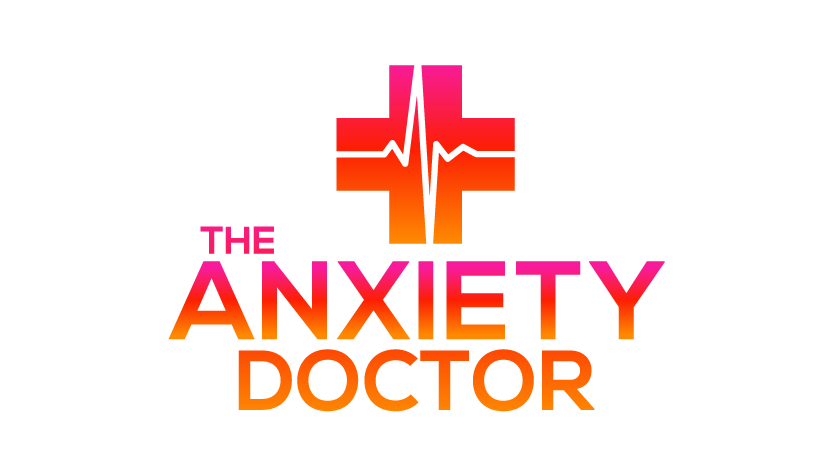OCD Is Not An Anxiety Disorder
How Doctors Classify Your Anxiety Symptoms
OCD is not an anxiety disorder. I still get surprised stares from clients when I say this. It is assumed that because Obsessive-Compulsive Disorder usually delivers a hefty dose of anxiety along with the intrusive thoughts and compulsive behaviors, that it must be an anxiety disorder itself. But alas, no.
OCD is not even really a psychological condition. It is more of a medical, neurological condition in which genetic heredity likely plays a significant role. In other words, your brain is wired to have obsessive thoughts and compulsive urges.
This is the official diagnostic criteria used by Psychologists, Psychiatrists, Psychotherapists, and Counselors to determine a diagnosis. We will generally give several assessment measures as well to see how you compare to others.
DSM-5 Diagnostic Criteria for Obsessive-Compulsive Disorder
Source: www.aafp.org
OCD is so complex that it deserves its own category in the Diagnostic and Statistical Manual of Mental Disorders, Fifth Edition (DMS-5). You will not find it under the “Anxiety Disorders” chapter, but instead you will find it under the “Obsessive-Compulsive and Related Disorders” chapter. The term, related disorders, is synonymous with the term, O.C. spectrum disorders, as they relate to obsessive-compulsivity. Different doctors use different terms, but they will be referring to the other disorders outlined in the chapter listed here:
Body Dysmorphic Disorder
Hoarding Disorder
Trichotillomania (Hair-Pulling Disorder)
Excoriation (Skin-Picking) Disorder
Substance/Medication-Induced Obsessive-Compulsive and Related Disorder
Obsessive-Compulsive and Related Disorder Due to Another Medical Condition
Other Specified Obsessive-Compulsive and Related Disorder
Unspecified Obsessive-Compulsive and Related Disorder
Another group of symptoms that are characterized by anxiety symptoms but are not classified as anxiety disorders are trauma and stress-related conditions. Under the heading of “Trauma- and Stressor-Related Disorders” in the DSM-5 you will find the following:
Reactive-Attachment Disorder
Disinhibited Social Engagement Disorder
Posttraumatic Stress Disorder
Acute Stress Disorder
Adjustment Disorder
Other Specified Trauma- and Stressor-Related Disorder
Unspecified Trauma- and Stressor-Related Disorder
So what does the DSM-5 consider an actual anxiety disorder?
The “Anxiety Disorders” chapter of the DSM-5 lists conditions that share features of excessive fear and anxiety and related behavioral disturbances and are listed below:
Separation Anxiety Disorder
Selective Mutism
Specific Phobia
Social Anxiety Disorder (Social Phobia)
Panic Disorder
Panic Attack Specifier (not a disorder by itself)
Agoraphobia
Generalized Anxiety Disorder
Substance/Medication-Induced Anxiety Disorder
Anxiety Disorder Due to Another Medical Condition
Other Specified Anxiety Disorder
Unspecified Anxiety Disorder
Notice how many disorders are labeled “unspecified” or “other?” That is because human beings are not easy to categorize with neat, tidy labels. Also, we don’t have blood tests for diagnosing these. So it is with a lot of science and a bit of art that clinicians assess and diagnose so that we can properly treat as quickly as possible.
Why does this matter? The problem with mistaking a symptom (anxiety) of a medical condition with the actual condition (OCD) is that it entirely changes the prescribed treatment intervention(s). For instance, many with OCD experience concurrent depression when the OCD is not addressed in a timely manner.
If your therapist were giving you anti-anxiety interventions for your OCD, they would not be treating the underlying root of the problem and your OCD would just get worse over time. If your therapist were using psychoanalysis, or another type of talk therapy as an intervention, you would be reinforcing the obsessive-compulsive cycle and your OCD would just get worse over time.
These therapeutic interventions might work well for someone without a medical, neurological, chronic condition, such as OCD. They just protect and feed the OCD, not you. The longer the OCD is left untreated (or improperly treated), the higher the chances of gaining a secondary diagnosis of depression. That is why diagnosis matters.
We cannot just treat the symptoms, we must figure out the root of the problem.
You are unique and your OCD is not going to fit perfectly into the DSM-5 description at the top of this article. In fact, no two presentations of OCD are ever going to be identical. You are unique, but you are not alone. There are many people right here with you, at different stages of this journey to healthy OCD management. You can do this!
This article is for informational purposes only, even if and to the extent that it features the advise of medical practitioners. This article is not, nor is it intended to be, a substitute for professional medical advise, diagnosis, or treatment and should never be relied upon for specific medical advice.




